“There was some life in me at the time,” said Florrie Phee from Islay, looking back to her teens at the turn of the 20th Century when she was a champion plougher.
“There were thirty teams of horses and I was the only woman taking part among a whole lot of men.
“I won four prizes when I was eighteen and was at Bolsay [farm].”
This insight into a forgotten age, spoken in 1976 when Florrie was 93, was uncovered by Bob Powell, a working horse and farm historian based in Kingussie.
He’s working on a book about plough ladies, drawn from deep research and a knowledge of the heavy horse world which he says is ‘in his DNA’.
“I had my first horse brasses at two years old,” he says, “and it’s my complete obsession.”
The perception of women in the farmhouse and men in the fields doesn’t acknowledge that women could plough just as well as men, Bob says, and indeed in national emergencies the country relied on their skills.
Times like World War One, when Britain was being starved by German submarine attacks on ships carrying food.
Bob, who was until retirement in 2014 curator of the Highland Folk Museum, said: “That was 1917, and the Government put up posters encouraging women to plough, so a lot of women took that up.
Women’s Land Army under way
“Horsemen were being brought back from the front back onto the land and as policemen, but women were already on the farms and the Women’s Land Army had just started.
“If you think of men going to the war, women were left to take on things themselves, I’m sure some of them would have taken up the handles of the plough.
“But traditionally, ploughing was seen as men’s work.”
For a few years, certain plough ladies achieved celebrity status.
In the early 1900s, women had begun to take part in ploughing competitions, and had their own following of admirers.
Around the time Florrie Phee was sweeping the board in Islay, three other lady ploughers were making their mark in women-only ploughing matches, and were the talk of farmyards up and down Aberdeenshire and Moray.
Women-only plough competitions
They were Janet (Jessie) Watt, of Starhill, Cairnie, near Huntly; May Burgess of Priestfield, Knockando; and Mrs Milton, of Forgie, near Keith.
The three came to public attention as winners in one of the first such women-only competitions at the annual Morayshire Champion Ploughing Association match near Elgin in 1905.
There were about 90 ploughs in action, watched by about 5,000 spectators.
Bob said: “This new feature, the ploughing competition for ladies attracted much popular interest and comment, some of which was not altogether favourable according to the Aberdeen Journal of the time, perhaps understandable given that Victorian attitudes still were prevalent.
“Originally six women entered the class but only three, who were to become regular rivals, competed.
“Seemingly some latitude was allowed for the women, for example, if required allowing their horses to be lead but ‘on the whole their display was a plucky one’, the papers said.”
A couple of years later, there was advance notice in the press about the three plough ladies to build up interest before the March 1907 Morayshire Champion Ploughing Match at Hatton Farm, Kinloss.
It emerged Mrs Milton was widowed and raising her family with no other help.
She did everything on the farm, ploughing, sowing, reaping and stack-building; and ran a business cutting and drying peats from Moss of Bogbain to sell in Keith.
First gold champion
After winning gold in the 1905 Morayshire championships, this formidable lady proudly laid claim to the title of first gold champion lady plougher in Great Britain.
Janet Watt, known as Jessie, was described as “a young married woman, who works a small croft and lets her husband go into service in the neighbourhood”.
May Burgess was was described as “a young lady in her teens who helps an aged grandfather with his little farm and is determined to come to the top as a champion lady plougher”.
It’s not exactly on a par with today’s level of interest in celebrities, but as close as you could get then for humble farm women whose quiet role in feeding the country was barely acknowledged at the best of times.
Sadly Mrs Milton’s dominance of the plough lady scene didn’t last long and by 1907 she was being beaten by young competitors. We don’t know how old she was, but that year the papers described her as ‘elderly’.
Meanwhile May Burgess was the star of 1907, ploughing her rig so well that the judges at the end of the day held that her work was ‘superior to many of the sterner sex who were aspiring for championship’ and the press declared that promotors of the match will now have to consider seriously the question of providing a championship belt for the best lady ‘plough-man’.
Janet Watt became an enduring celebrity, and was clearly not to be messed with.
Still ploughing aged 83
She was furious when she was billed to appear at an Inverurie match in 1913, without her consent.
She failed to appear and there was ‘great dissatisfaction’ from the paid-up spectators prompting a letter from the organisers threatening legal action.
She replied dismissively: “I do not think you would get much damages off me, as you cannot take the ‘breeks’ off a Hielandman.”
Bob’s book will include his research into another notable plough lady, Cissie Wood of Glenton Cottage, Rickarton, Stonehaven.
She was still competitively ploughing at the age of 83, with ‘pluck and hardihood difficult to beat,’ wrote the Dundee Courier.
No wonder. She had helped her father build their thatched cottar house from the ground up, working the croft alone after her father died.
Her obituary in the Dundee Evening Telegraph in 1915 was headed: ‘Death of Cecilia Wood Who Did Man’s Work as Mason, Miller and Ploughman’.
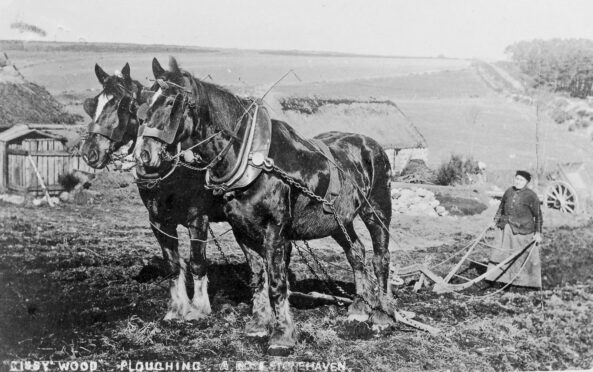
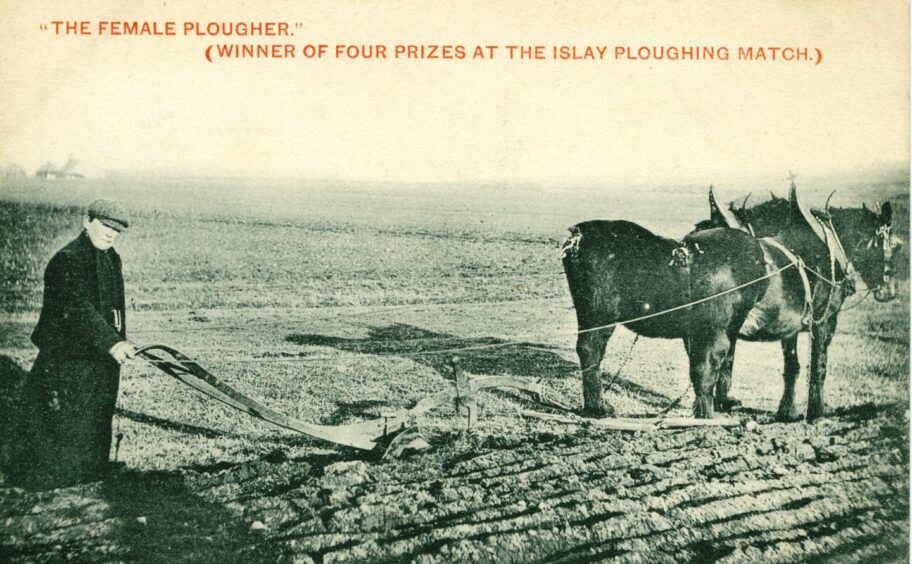
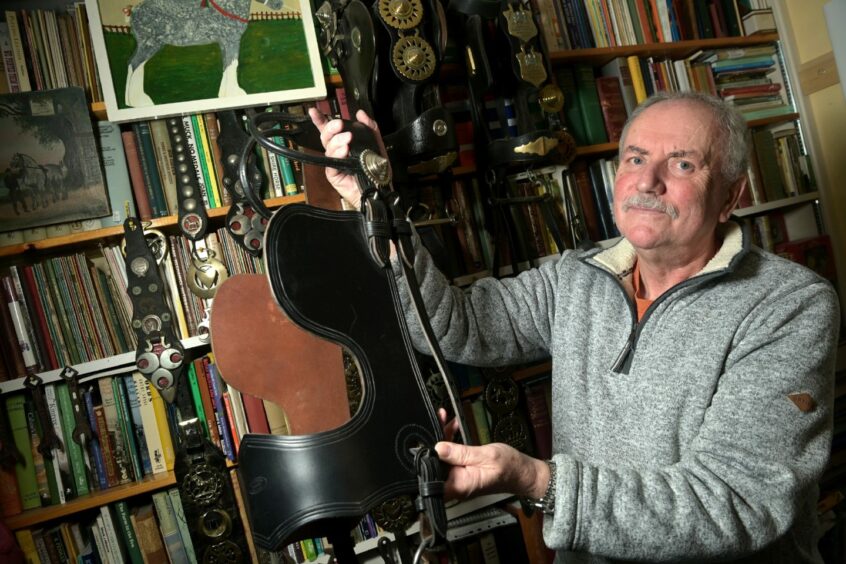
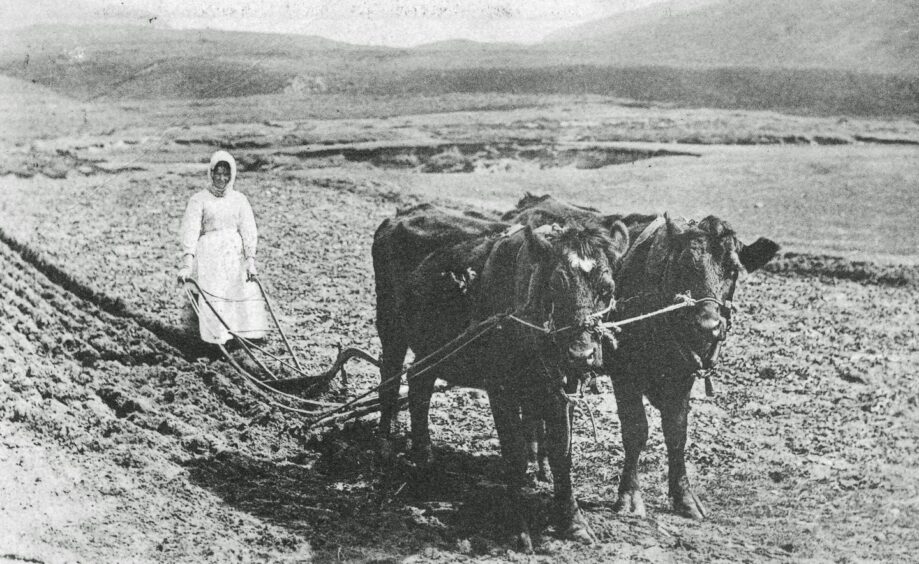
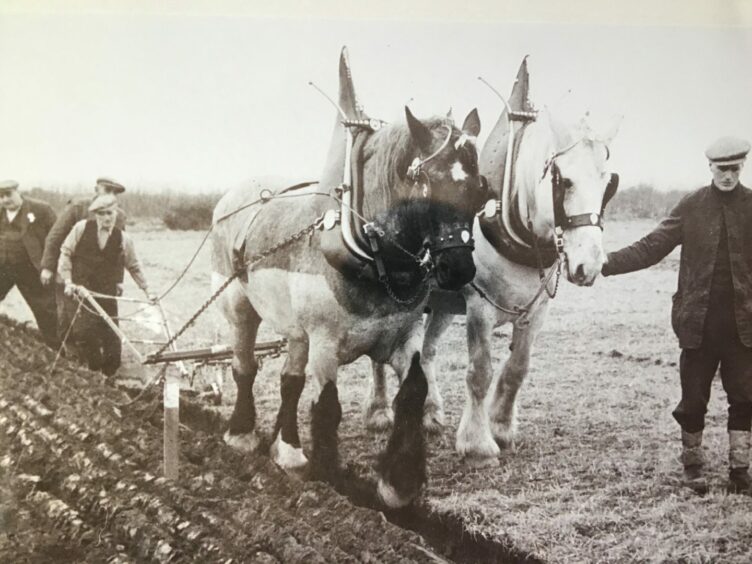
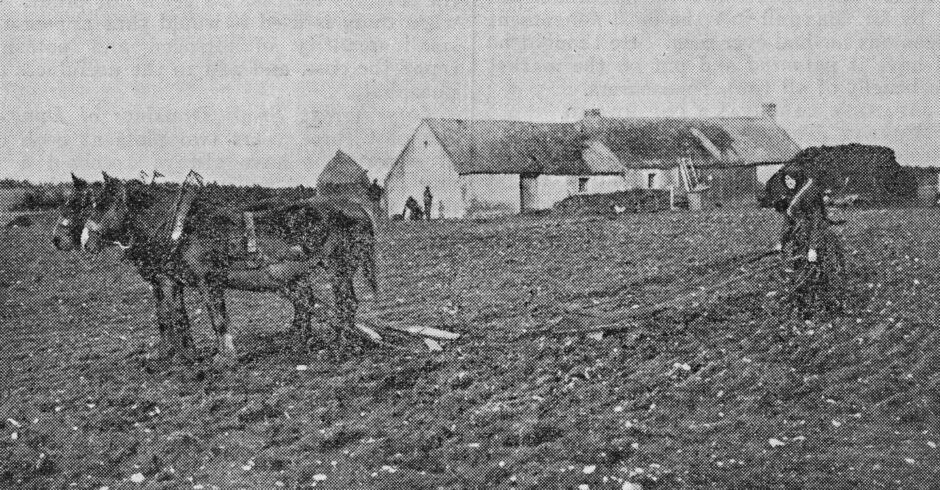
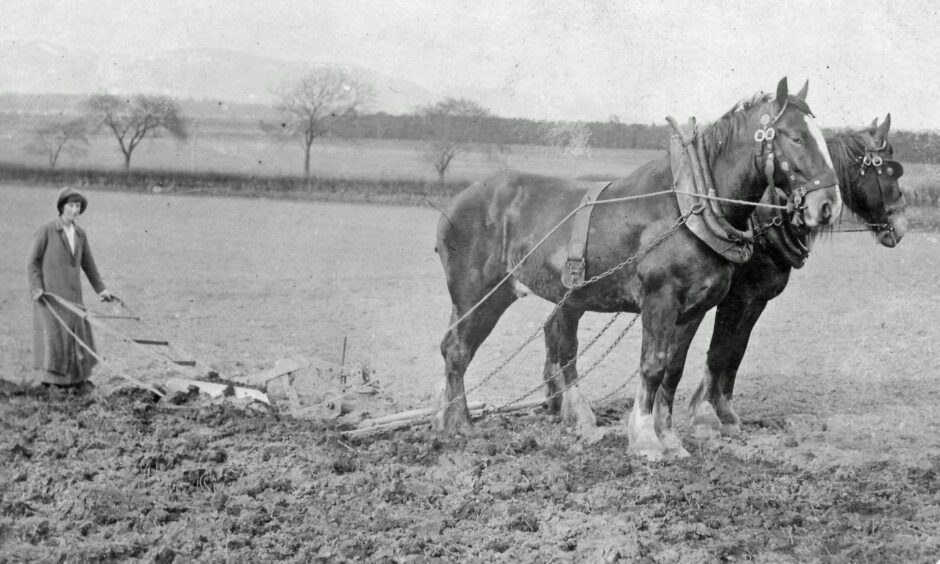
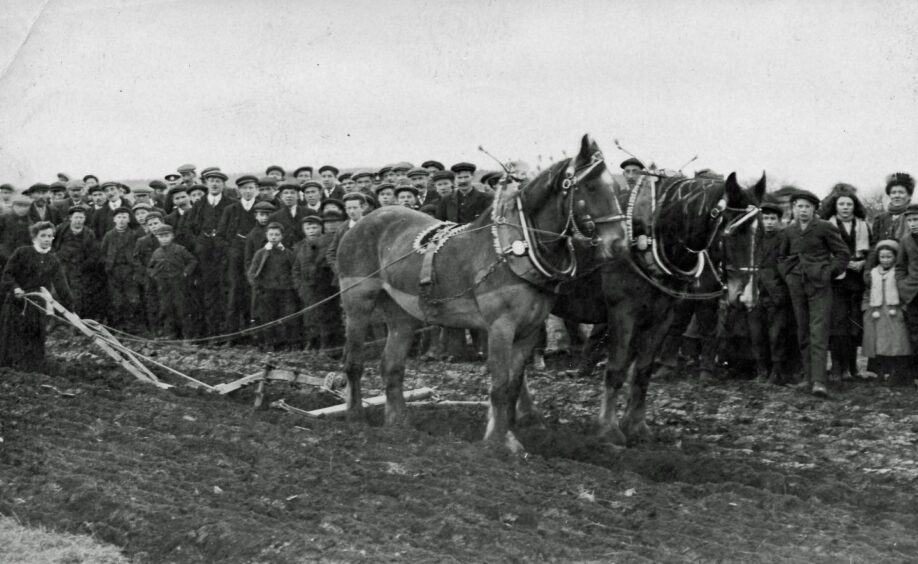
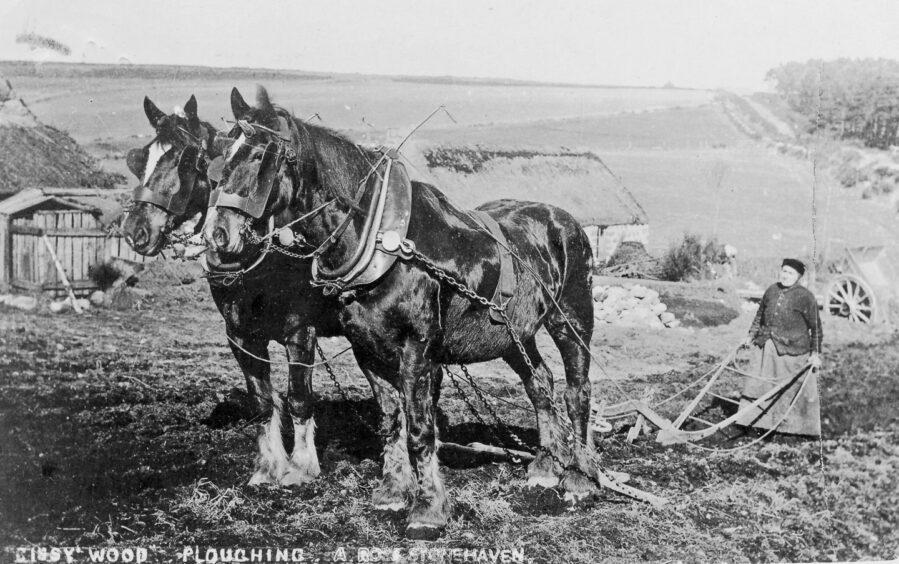
Conversation